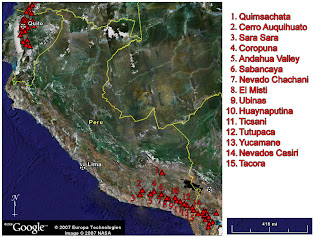Cordillera Vilcabamba mountains^
Mount Salkantay^
The landscape of Cusco is a very interesting one. It has been called the door between the mountains. It is cradled between the Amazon jungle and the vast Andean mountains and plateaus. It has a variety of landscape features including mountains, altiplanos, plateaus, deep valleys, and canyons. It is known for its Cordillera Vilcabamba mountain range that spans 160 miles, and is part of the larger Andes Mountains. This mountain range has peaks reaching as high as 6,272 km. That high peak is Mount Salkantay, also known as Salcantay, or Sarkantay.
Huayna Picchu^
Interestingly, these peaks are not isolated. They are accompanied by a higher range outside of Cusco. Cusco also extends throughout the Huatanay river valley. The very famous Inca site of Machu Picchu has the beautiful deep mossy green Huayna Picchu in the background. One of the main rivers, Urubamba, bends around this peak. The landscape of Cusco would most likely be defined at a fluvial landscape, or topography. It is mainly shaped by mountains and the different negative spaces created by streams and rivers.
Urubamba showing creation of fluvial landscape^













